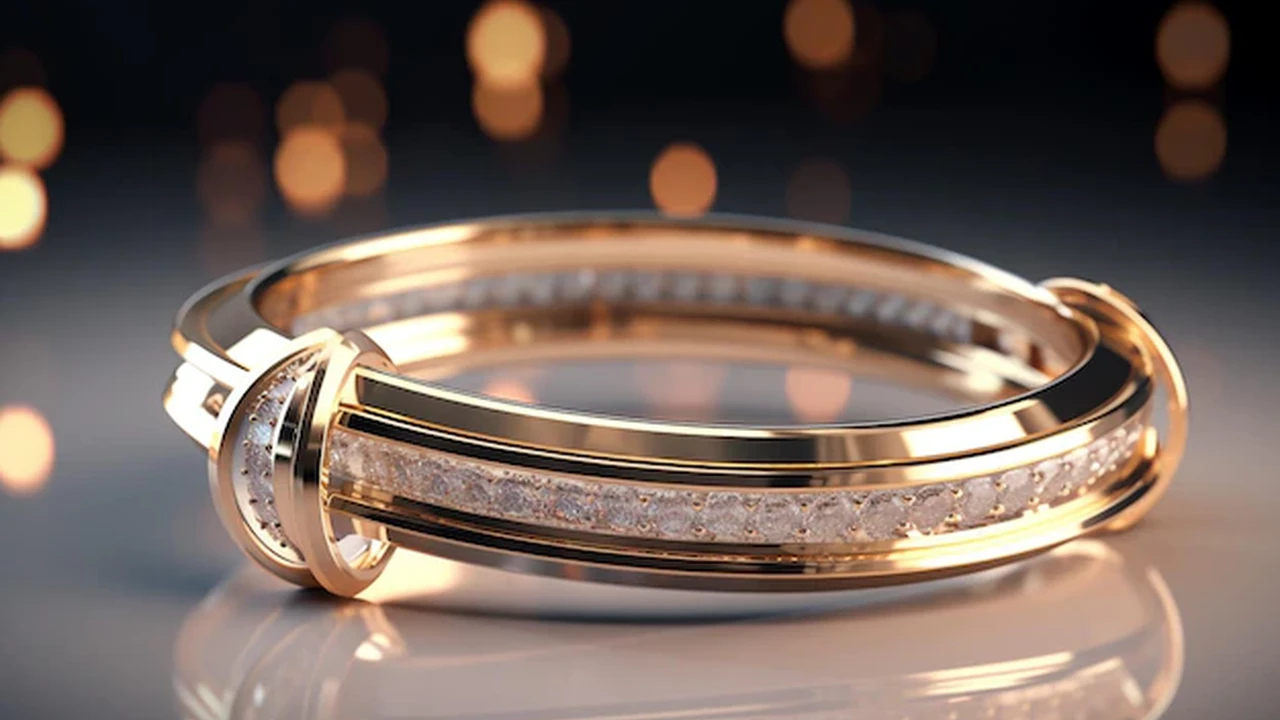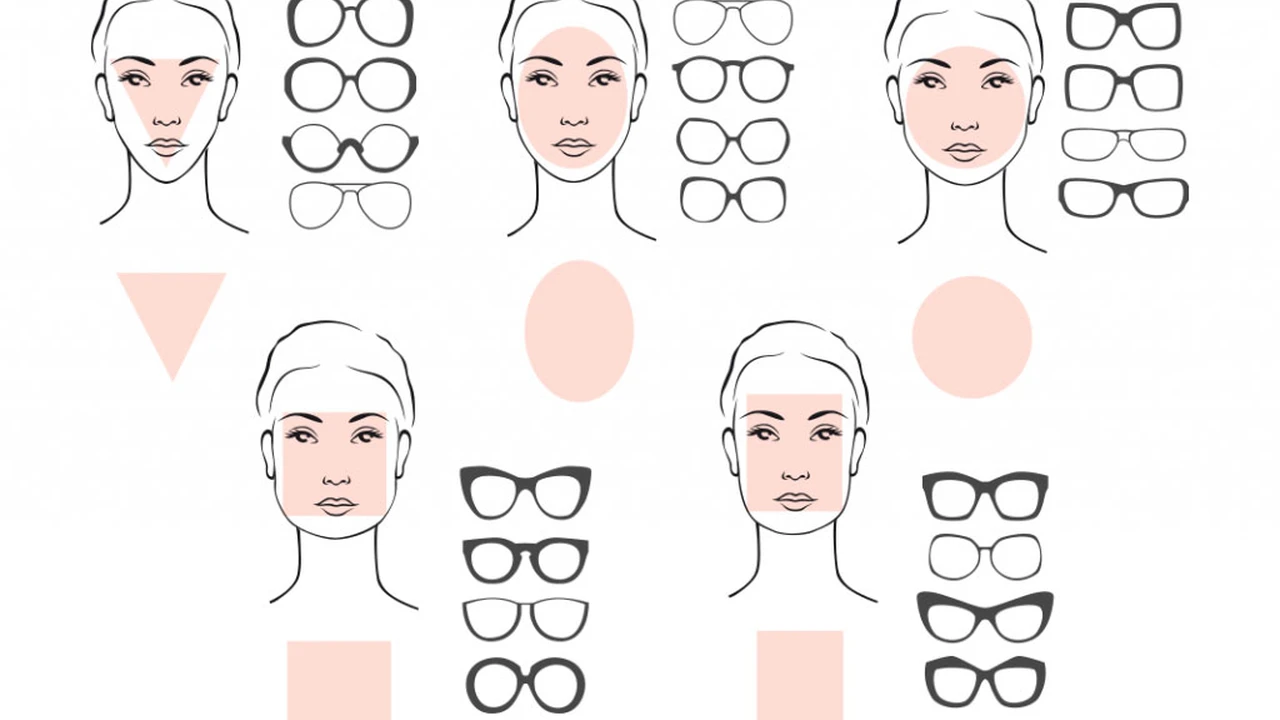High Jewelry Creations Innovation in Metalworking Techniques
Discover innovation in metalworking techniques used in high jewelry creations. Explore new approaches to setting stones and creating intricate designs.

Introduction to Innovative Metalworking in High Jewelry
High jewelry isn't just about rare gemstones; it's also about the artistry and innovation in metalworking. The techniques used to shape and manipulate precious metals are constantly evolving, pushing the boundaries of what's possible. From ancient methods refined over centuries to cutting-edge technologies, metalworking plays a vital role in creating breathtaking and durable pieces. Let's dive into some of the most exciting innovations shaping the world of high jewelry today.
Traditional Metalworking Techniques with a Modern Twist
While new technologies are emerging, traditional techniques still form the backbone of high jewelry creation. However, artisans are finding innovative ways to apply these methods, resulting in unique and stunning designs.
Lost-Wax Casting Reinvented
Lost-wax casting, an ancient technique, involves creating a wax model of the jewelry piece, encasing it in a mold, melting out the wax, and then pouring molten metal into the mold. Modern advancements include using 3D-printed wax models for greater precision and complexity.
Granulation Precision and Detail
Granulation involves soldering tiny metal granules onto a surface to create intricate patterns. Contemporary jewelers are using laser technology to precisely place these granules, achieving incredibly detailed and complex designs. This allows for patterns that were previously impossible to create by hand.
Filigree Delicate and Intricate
Filigree involves creating delicate, lace-like patterns from thin metal threads. Modern filigree work often incorporates CAD (Computer-Aided Design) to create intricate designs that are then meticulously handcrafted. This blend of technology and craftsmanship allows for stunningly detailed and lightweight pieces.
Advanced Metalworking Technologies in High Jewelry
The incorporation of advanced technologies has revolutionized high jewelry creation, enabling jewelers to achieve unprecedented levels of precision, complexity, and innovation.
Laser Welding Precision and Strength
Laser welding allows jewelers to join metal pieces with incredible precision and minimal heat, reducing the risk of damage to delicate gemstones. This technique is particularly useful for creating intricate settings and complex structures.
Electroforming Lightweight and Complex Designs
Electroforming involves depositing metal onto a mold using an electric current. This allows for the creation of lightweight, hollow structures with complex shapes. It's perfect for creating large, statement pieces that are comfortable to wear.
3D Printing Design Freedom and Customization
3D printing is transforming the design process, allowing jewelers to create complex and intricate designs that would be impossible to achieve using traditional methods. It also enables rapid prototyping and customization, allowing clients to visualize and modify their designs before they are brought to life in precious metals.
CAD CAM Integration Seamless Design to Creation
Computer-Aided Design (CAD) and Computer-Aided Manufacturing (CAM) are essential tools for modern jewelers. CAD allows for the creation of precise 3D models, while CAM translates these models into instructions for automated manufacturing equipment, such as CNC milling machines. This integration ensures accuracy and efficiency in the creation process.
Innovative Stone Setting Techniques for High Jewelry
The way gemstones are set into metal is crucial to the overall design and beauty of a piece of high jewelry. Innovative stone setting techniques are constantly being developed to maximize the brilliance and security of these precious stones.
Invisible Setting Seamless and Secure
Invisible setting involves setting gemstones edge-to-edge without any visible metal prongs or bezels. This creates a seamless surface of sparkling stones, maximizing their brilliance. It requires extremely precise cutting and setting techniques.
Tension Setting Modern and Minimalist
Tension setting uses the pressure of the metal to hold the gemstone in place, creating a minimalist and modern look. The stone appears to be floating in the air, held only by the tension of the metal.
Pavé Setting Maximizing Sparkle
Pavé setting involves setting numerous small gemstones closely together, creating a shimmering surface of brilliance. Modern pavé settings often use micro-pavé techniques, setting even smaller stones for an even more dazzling effect.
Examples of High Jewelry Pieces Showcasing Metalworking Innovation
Let's take a look at some specific examples of high jewelry pieces that showcase innovative metalworking techniques.
Van Cleef & Arpels Mystery Setting Ruby and Diamond Brooch
This iconic brooch showcases Van Cleef & Arpels' signature Mystery Setting, where rubies are set invisibly onto a gold frame. The brooch features meticulously cut rubies, creating a seamless and vibrant red surface.
Metalworking Technique: Invisible Setting
Use Case: A statement piece for formal events, adding a touch of timeless elegance to any outfit.
Price: $500,000+ (depending on the size and quality of the rubies)
Bulgari Serpenti Necklace with Diamonds and Emeralds
This necklace features Bulgari's iconic Serpenti design, crafted from white gold and set with diamonds and emeralds. The intricate scales of the serpent are created using a combination of traditional and modern metalworking techniques.
Metalworking Technique: Granulation and Laser Welding
Use Case: A bold and glamorous accessory for special occasions, perfect for making a statement.
Price: $300,000+ (depending on the size and quality of the diamonds and emeralds)
Graff Diamonds Butterfly Brooch with Multi-Colored Diamonds
This brooch showcases Graff Diamonds' expertise in working with rare and colored diamonds. The butterfly's wings are set with a dazzling array of multi-colored diamonds, using a combination of pavé and invisible settings.
Metalworking Technique: Pavé Setting and Invisible Setting
Use Case: A whimsical and eye-catching accessory for adding a touch of luxury to everyday wear.
Price: $1,000,000+ (depending on the rarity and size of the colored diamonds)
Cindy Chao Black Label Masterpiece Ruby Ribbon Bracelet
This bracelet showcases Cindy Chao's innovative use of titanium in high jewelry. The ribbon-like design is crafted from lightweight titanium and set with rubies and diamonds. The titanium is anodized to create a unique color effect.
Metalworking Technique: Titanium Anodization and Tension Setting
Use Case: A modern and sophisticated bracelet for adding a touch of color and elegance to any outfit.
Price: $400,000+ (depending on the size and quality of the rubies and diamonds)
Comparing Metalworking Techniques: Pros and Cons
Each metalworking technique has its own set of advantages and disadvantages. Here's a quick comparison:
| Technique | Pros | Cons |
|---|---|---|
| Lost-Wax Casting | Versatile, allows for complex shapes | Can be less precise than other methods |
| Laser Welding | Precise, minimal heat damage | Requires specialized equipment |
| Electroforming | Lightweight, complex shapes | Can be time-consuming |
| 3D Printing | Design freedom, rapid prototyping | Material limitations |
| Invisible Setting | Maximizes gemstone brilliance | Requires highly skilled artisans |
The Future of Metalworking in High Jewelry
The future of metalworking in high jewelry is bright, with continued advancements in technology and a renewed focus on craftsmanship. We can expect to see even more innovative techniques emerge, pushing the boundaries of what's possible and creating breathtaking pieces of art. The integration of AI in design, more sustainable practices in metal sourcing and processing, and the exploration of new materials will further shape the landscape of high jewelry creation. Keep an eye out for emerging designers who are experimenting with these new technologies and techniques!
:max_bytes(150000):strip_icc()/277019-baked-pork-chops-with-cream-of-mushroom-soup-DDMFS-beauty-4x3-BG-7505-5762b731cf30447d9cbbbbbf387beafa.jpg)






